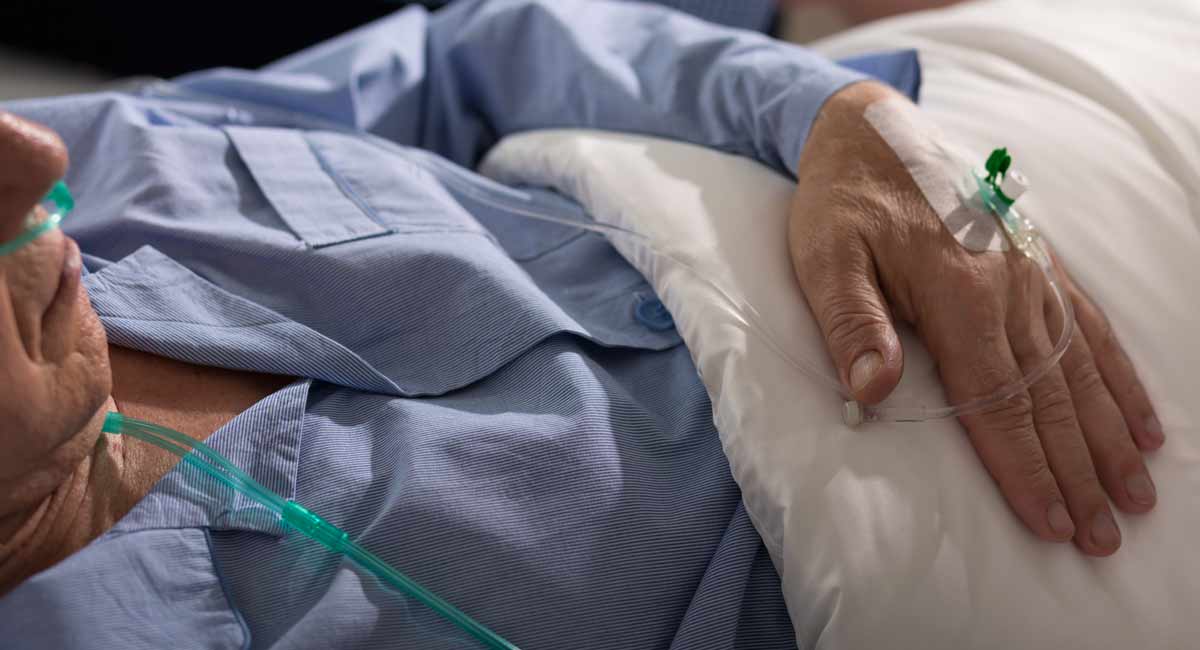A recent peer-reviewed article in the Journal of Ethics in Mental Health has revealed that the legalization of euthanasia and doctor-assisted suicide does not cause a decline in suicide and “intentional self-initiated death” as euthanasia proponents claim, but is instead related to a “significant increase in total suicide.”
Euthanasia advocates frequently claim that legalization leads to a decrease in overall suicides. EXIT, which commits assisted suicide, states on its website that “physician-assisted suicide is actually an effective form of suicide prevention.” Meanwhile, Dignitas, another business which peddles in death, stated to the Parliament of Australia in 2014 that “the option of an assisted/accompanied suicide without having to face the severe risks inherent in commonly-known suicide attempts is one of the best methods of preventing suicide attempts and suicide. It may sound paradoxical: in order to prevent suicide attempts, one needs to say ‘yes’ to suicide.”
David Albert Jones, director of Anscombe Bioethics Centre, considered the question of whether legalizing assisted dying actually reduces total deaths by suicide. Jones analyzed the suicide rates in nations that have legalized euthanasia, and compared that data to that of nations that do not. The pro-euthanasia argument is that if assisted suicide and euthanasia are legal, people who would have otherwise killed themselves will not, because they know that dying is an option for them in the future. Therefore, overall suicide rates would decline. This is the theory used to argue for legalized euthanasia in Canada, leading to the assisted suicide law known as MAiD.
But according to Jones’ previous analysis of data on suicide from the United States, legalizing assisted death leads to “a significant increase in total suicide.” In his research regarding data from Europe comparing nations with assisted suicide and those without, he found that in some cases there was also an increase in overall suicides once assisted dying was legalized. Interestingly, he noted that it was women who are put at the highest suicide risk once legalization takes place.
READ: Belgium criticized by UN Human Rights Council for euthanasia law
In comparing the geographically similar Switzerland, where assisted suicide is mostly legal and became more acceptable after 1998, and Austria, where it was not legal until 2022, Jones found:
From 1990 to 2017, the rates of non-assisted suicide of females in Austria and Switzerland are very similar. Not only are the rates of decline similar but the actual levels of non-assisted suicide of females in Switzerland and Austria are very close, interweaving around one another.
In contrast, rates of suicide [including assisted suicide] of females in Switzerland not only diverge from the rate of non-assisted suicide of females in Austria but increase in absolute terms from 2000. By 2017 the suicide rate (incl. AS [assisted suicide]) for females in Switzerland is roughly twice the rate it was 1998 (from 9.4 up to 18.6) while the non-assisted suicide rate of females in Austria over this period declined from 8.7 to 5.0 and the non-assisted suicide rate of females in Switzerland declined by a similar amount (from 8.8 to 5.8).
This dramatic rise in suicide inclusive of assisted suicide among women in Switzerland (which is the way the OECD suicide rate was calculated prior to 2009) is driven by large increases in assisted suicide and is associated with no discernible reduction in non-assisted suicide in Switzerland relative to Austria.
The suicide rate in Austria decreased between 2010 and 2017, while the suicide rate in Switzerland increased. While a direct correlation can’t be proven, what this does prove is that, contrary to claims from pro-euthanasia groups such as Dignitas and EXIT, legalizing assisted dying does not cause a decline in suicide.
“The data from Europe are not reassuring: The non-assisted suicide rates have not declined relative to comparable non-EAS [legalized euthanasia and assisted suicide] countries, whereas there have been very large increases in suicide (inclusive of assisted suicide) and in intentional self-initiated death, especially among women,” wrote Jones. He concluded that “Neither these data nor those from the United States give any grounds for believing that EAS constitutes ‘an effective form of suicide prevention'” as claimed by EXIT.
“Indeed,” he said, “if one considered the community as a whole, it is not the prohibition of EAS but the introduction of EAS that is associated with ‘evidence of premature death.'”
“Like” Live Action News on Facebook for more pro-life news and commentary!







